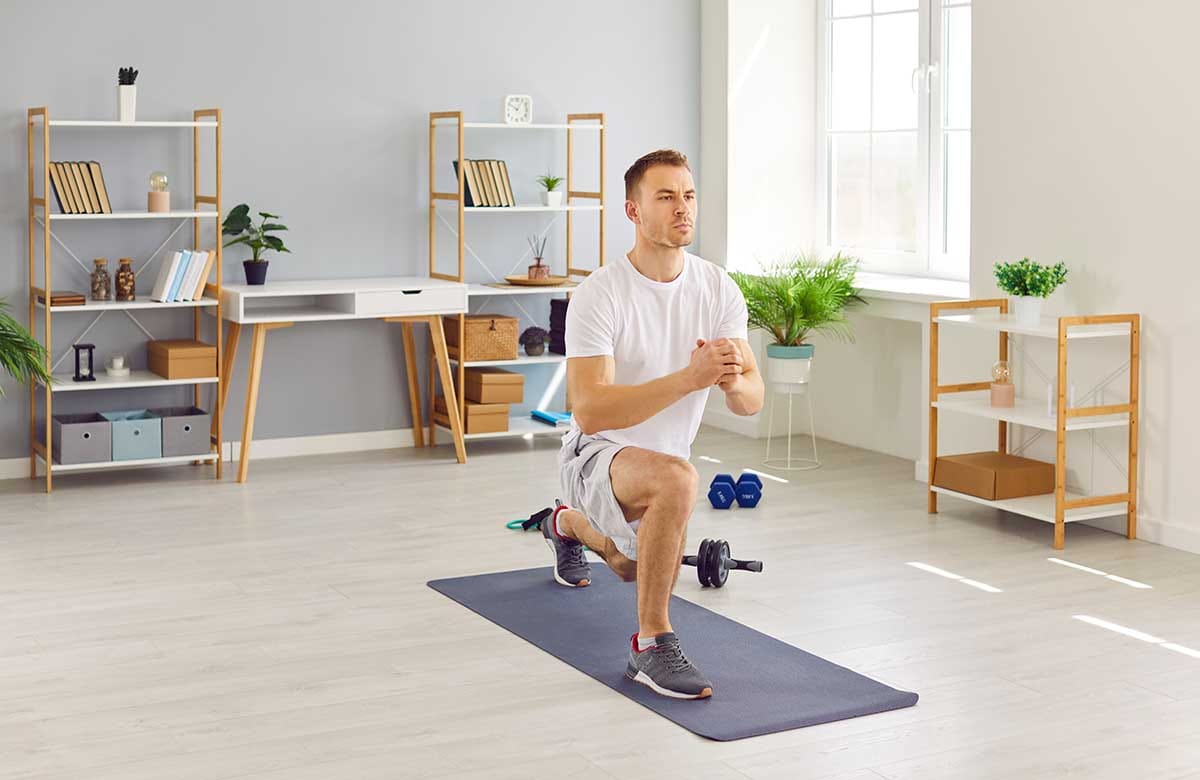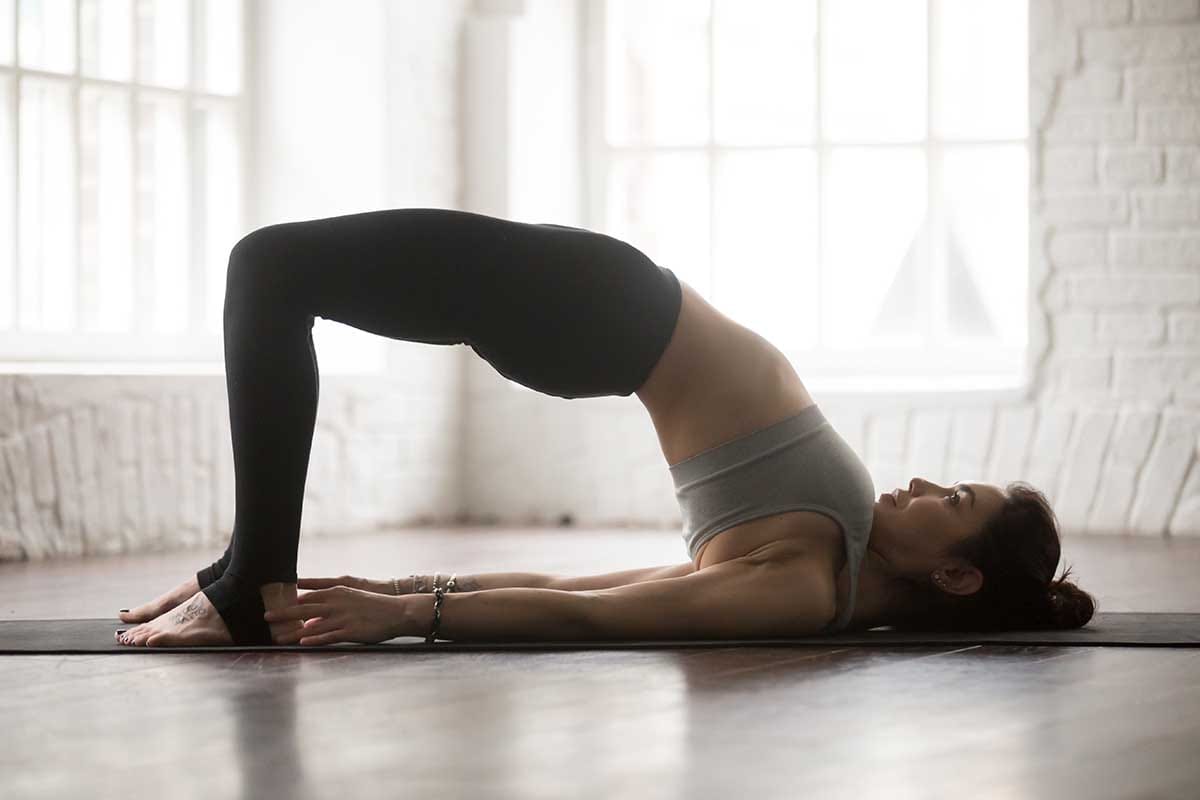The 7 Best Static Holding Exercises
Let's take a look into what static holding exercises are, their benefits, how to do them, and some tips to get the most out of your workout.
In the fitness world, everyone is familiar with classic movements such as squats, lunges, and push-ups. But have you ever heard about the power of static holding exercises? They are the unsung heroes of strength training, offering a unique way to build muscle endurance, stability, and, weirdly enough, mental toughness.
What is Static Holding in Fitness?
Static holding in fitness refers to exercises where you hold a position for a set period without any movement, like pausing in the middle of a dynamic exercise and staying there. For example, holding a plank position or pausing at the bottom of a squat. These exercises are all about maximizing time under tension, which can be surprisingly challenging and incredibly effective.
Static holding exercises, also known as isometric exercises, are different from the usual dynamic exercises because they focus on holding a position rather than moving through a range of motion. This type of exercise can be particularly beneficial for targeting specific muscle groups and improving overall muscle endurance.

Benefits of Static Holding Exercises
Static holding exercises come with several benefits that can complement your regular workout routine. Here are some key advantages:
1. Improved Muscle Endurance
If you practice sports that require you to exert continuous force, such as climbing or gymnastics, static holding exercises might be an excellent option. Holding a position for an extended period forces your muscles to work harder to maintain that position.
This builds muscle endurance, making your muscles more resistant to fatigue over time. For instance, holding a long lever plank for a minute can significantly improve your core endurance, which can help you perform better in other exercises and daily activities.
2. Enhanced Stability and Balance
Static holds require engaging your core and stabilizing muscles to keep your body steady. This improves your overall stability and balance, which is crucial for both everyday activities and athletic performance. For instance, holding a single-leg balance can enhance your proprioception and coordination, reducing the risk of falls and injuries, and helping you get that gymnast’s body.
3. Increased Strength
As you should expect, static holds can help increase muscle strength. This is because your muscles are under constant stress, which promotes muscle growth and strength gains. This can lead to improved performance in your regular dynamic exercises.
4. Mental Toughness
Holding a challenging position for a long time isn't just physically demanding; it's mentally tough, too. The decision to leave the position you are holding is solely up to your mind. Static holds can help build mental strength and focus, which can translate to other areas of your life.
5. Joint Health
Static holds can improve joint stability and health by strengthening the muscles around your joints. This can help prevent injuries and improve your overall mobility. For example, holding a wall sit can strengthen the muscles around your knees, providing better support, reducing the risk of knee injuries, and reducing pain in known joint conditions such as knee osteoarthritis.

The 7 Best Static Holding Exercises
Now that you are familiar with static hold exercises, here are the 7 best static holding exercises you can add to your workout routine:
1. Plank
The plank is a classic static hold that targets your core, shoulders, and glutes. That’s why it is considered one of the best compound core exercises.
To do a plank, get into a push-up position with your forearms on the ground and hold your body in a straight line from head to heels. This exercise is great for building core strength and stability and has several variations that can be done to spice things up.
2. Wall Sit
The wall sit is great for your quads, glutes, and calves. Stand with your back against a wall and slide down until your knees are at a 90-degree angle. Hold this position as long as you can. Wall sits are excellent for building lower body strength and endurance.
3. Lunge Hold
It was a tough decision between the static lunges vs. squats, but in the end, the lunges secured their place on this list. This static holding exercise targets your quads, hamstrings, and glutes. Step one foot forward into a lunge and hold that position, keeping your front knee over your ankle. Static lunges can improve your balance and lower body strength.
4. Hollow Hold
The hollow hold is a core exercise where you lie on your back, lift your legs and shoulders off the ground, and hold that position. This exercise is excellent for building core strength and stability. It also engages your hip flexors and lower back muscles.
5. Isometric Push-Up Hold
Get into a push-up position and lower yourself halfway down. Hold this position to engage your chest, shoulders, and triceps. Isometric push-up holds can help improve your upper body strength and endurance and you can add a rep in between holds to make it extra challenging.
6. Glute Bridge Hold
This is a great static holding exercise to build a heart-shaped butt. Lie on your back with your knees bent and feet flat on the ground. Lift your hips towards the ceiling and hold the position. This exercise targets your glutes, hamstrings, and lower back, helping to improve your posterior chain strength.
7. Single-Leg Balance
Stand on one leg and hold the position for as long as you can. This exercise challenges your balance and engages your stabilizing muscles, particularly in your lower body and core.
How to Incorporate Static Holding Exercises into Your Routine
Static holding exercises can be a great addition to any workout routine. Here are some tips on how to incorporate them:
Warm-Up First
Always start with a proper warm-up to get your muscles ready for the workout. A good warm-up increases blood flow to your muscles and reduces the risk of injury.
Start Small
If you're new to static holds, start with shorter hold times and gradually increase as you build strength and endurance. For example, start with 10-15 seconds and work your way up to 60 seconds or more. This gradual progression helps prevent injuries and allows your muscles to adapt.
Mix It Up
Incorporate static holds into your regular workout routine. For example, add a plank hold at the end of your core workout or a wall sit during your leg day. Mixing static holds with dynamic exercises can add variety to your workout and target different muscle groups.
Focus on Form
Proper form is crucial in static holds to avoid injury and get the most out of the exercise. Make sure you're engaging the right muscles and maintaining good posture. If you're unsure about your form, consider working with a trainer or using a mirror to check your alignment.
Breathe
Don't forget to breathe! It can be tempting to hold your breath during static holds, but steady breathing helps maintain your endurance and focus. Try to take deep, controlled breaths to keep your muscles oxygenated and reduce tension.
Use Static Holds as Finishers
Static holds can be used as finishers at the end of your workout to fully fatigue your muscles. For instance, after completing your regular sets of push-ups, hold the push-up position halfway down for as long as possible.

Common Mistakes to Avoid When Doing Static Holding Exercises
While static holding exercises are relatively straightforward, there are some common mistakes to watch out for:
Overdoing It
While static holds are effective, it's important not to overdo it. Listen to your body and give yourself adequate rest between sets and workouts. Overtraining can lead to fatigue and increase the risk of injury.
Neglecting Other Exercises
Static holds are a great addition to your routine, but they shouldn't replace dynamic movements. Make sure to balance your workout with a mix of static and dynamic exercises. This balance ensures comprehensive muscle development and overall fitness.
Ignoring Progression
To continue seeing improvements, gradually increase the duration of your static holds. Sticking to the same hold times can lead to a plateau. Challenge yourself by adding a few seconds each week to keep progressing.
The Takeaway
So, next time you're looking to switch up your workout, give static holding exercises a try. They might just become your new favorite way to train! Whether you're a beginner or an experienced athlete, incorporating static holds into your routine can provide a fresh challenge and help you reach your fitness goals. Remember to start small, focus on form, and breathe steadily. With consistent practice, you'll see improvements in your strength, balance, and overall fitness.
Pick any of the exercises listed above, and you’ll be more than set to crush your back goals in no time!
Take your gym session to the next level with the Flex APP! Download it and enjoy all its benefits, from an auto-progression tracker to a plate calculator and a community that cheers you on. Get fit with Flex!
Related articles


Get fit with Flex
Build muscle & lose weight fast for free.
Available on iPhone + Apple Watch





